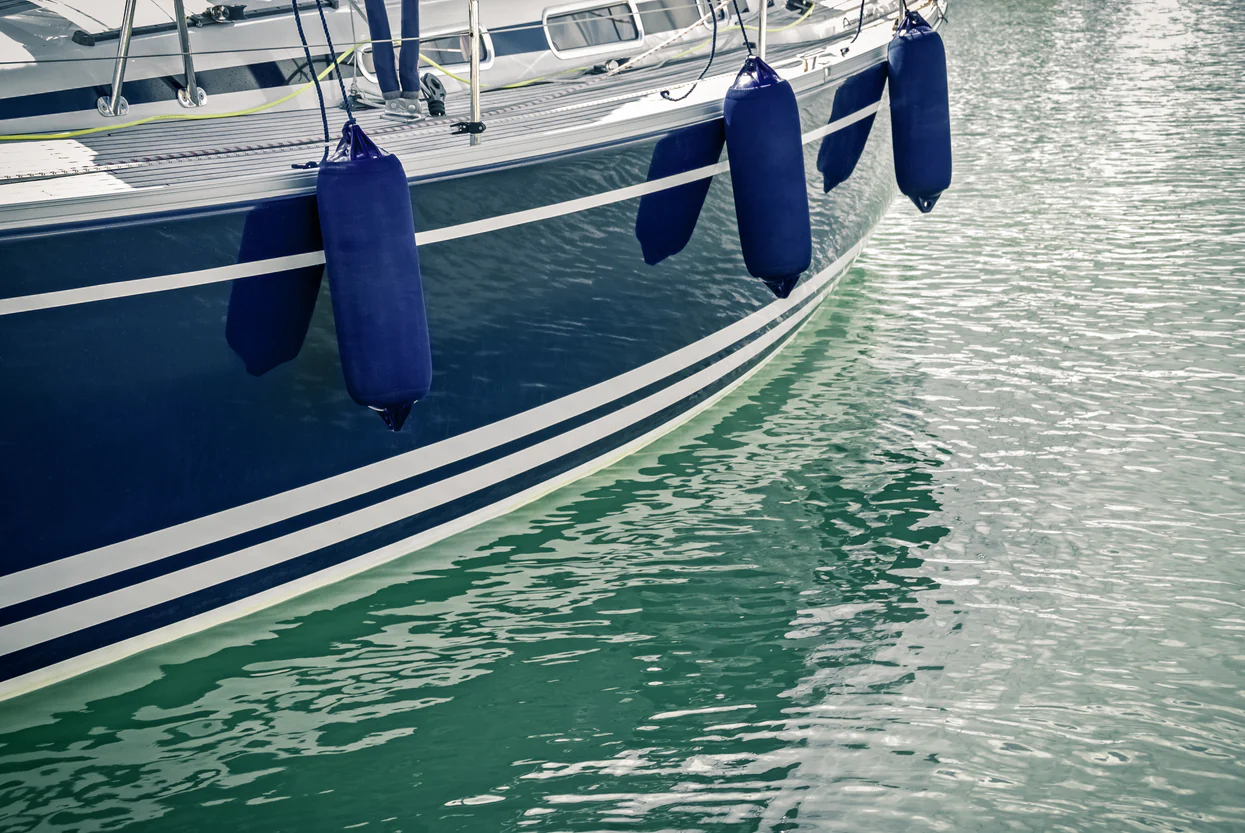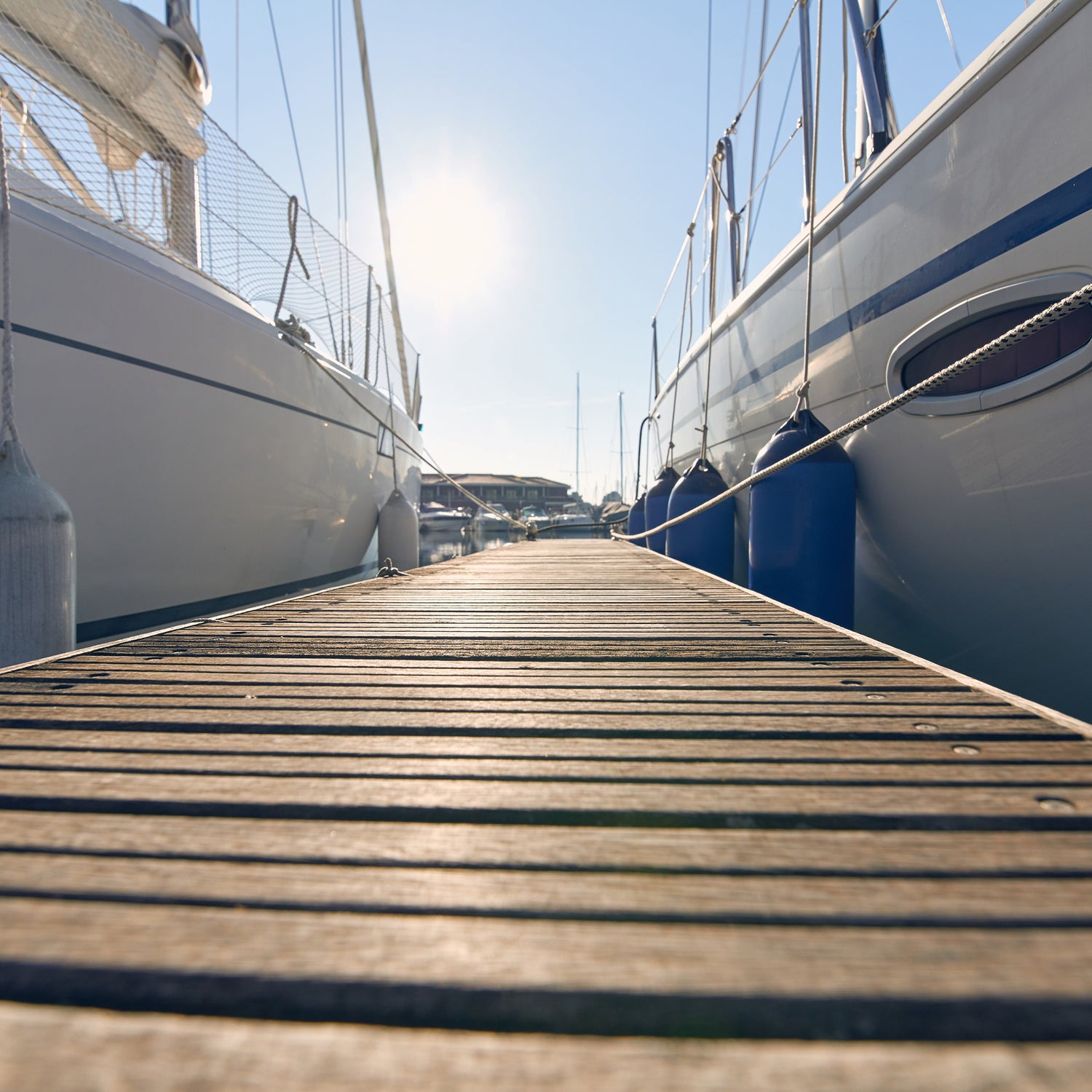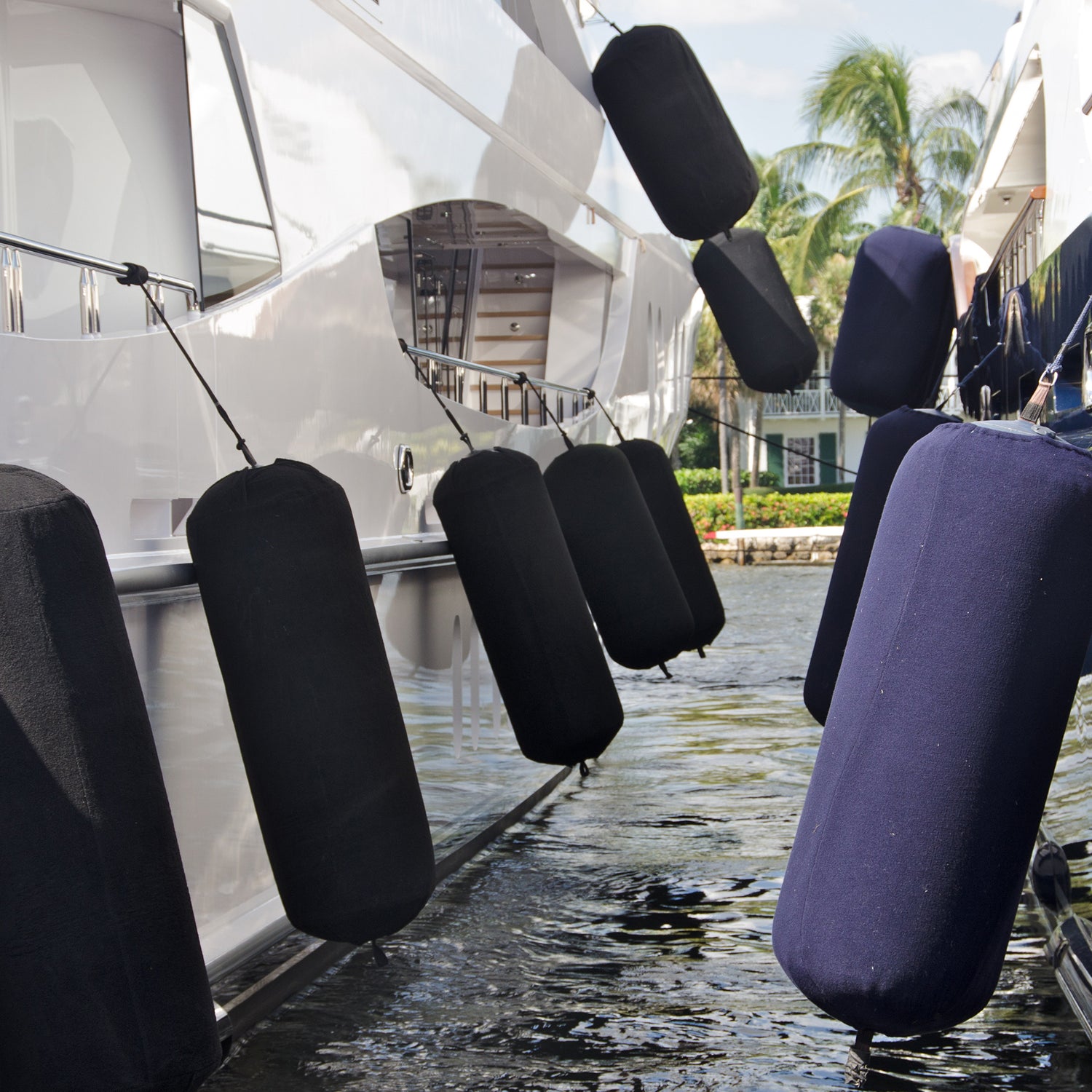Find the right fender for your boat
Fenders serve to protect the boat and are therefore an important boat accessory. They prevent the formation of scratches or signs of wear during port stays. Boat fenders prove to be very useful, especially when docking in the harbour. Read more about the different boat fenders and their benefits in this guide.
1. Fenders to protect your boat
With a boat fender you protect both your own property and that of others. The fenders prevent contact between the boat and the jetty or other boats. This cannot be ruled out, especially when maneuvering, so that boat fenders serve as shock absorbers and spacers. To do this, they are attached to the side of the boat using fender lines. Due to the soft structure, these are better suited than conventional cordage for attaching fenders.
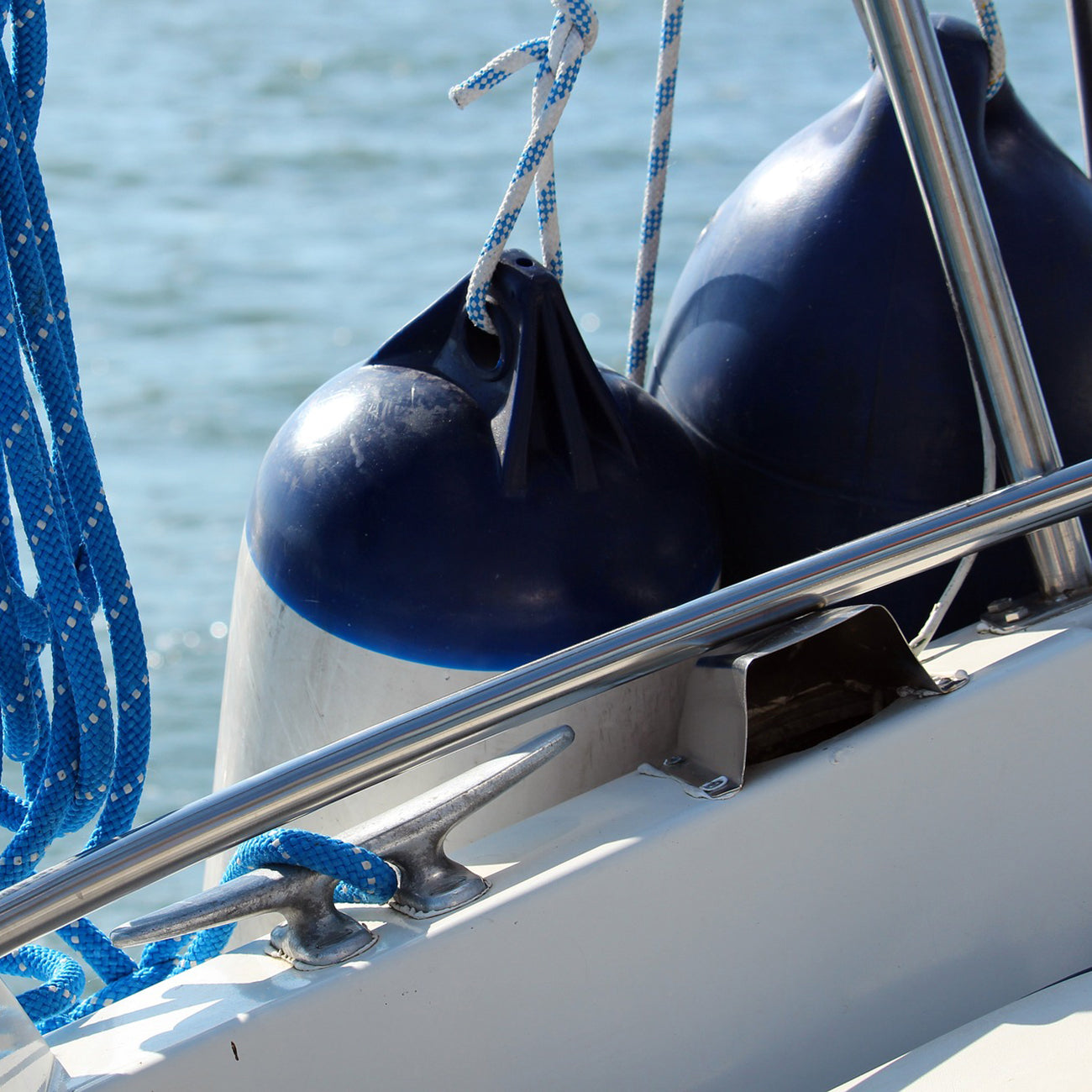
2.1 Ball fenders and long fenders
Spherical and long fenders are the most commonly used on board. You can attach long fenders vertically and horizontally, resulting in multiple uses. Ball fenders roll better and offer particularly high damping thanks to their bulbous shape. The classic boat fenders can be used universally and are a safe choice regardless of the type of boat.
2.2 Cushion fender with large protection area
Cushion fenders - also called flat fenders - are particularly easy to stow away and, thanks to their large area, offer comprehensive protection for your boat. Due to the straight contact surface, they do not slip. So you can use them optimally when slipping or locks.

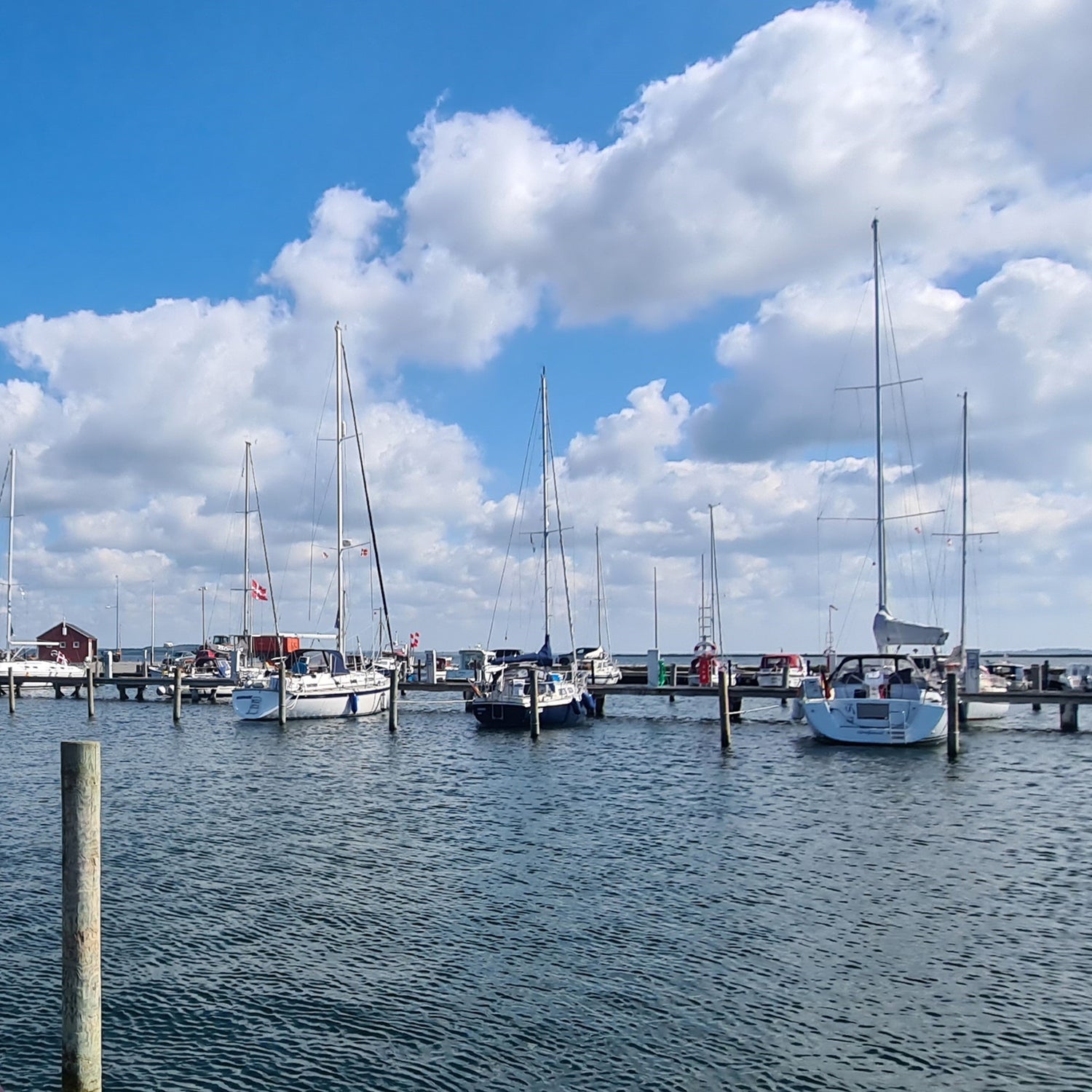
2.3 Dock fenders and dolphin fenders for the harbor box
Jetty fenders and dolphin fenders are usually attached in their own box in the home port, so that the boat is protected all around for longer periods at berth. It is important for boat owners to know that the boat is well moored and secured, especially during longer absences.
2.4 Further fender types
Of course there are many other fender shapes that can be used to protect the boat and the surrounding area. These include bow fenders and stern fenders, which are used specifically to secure corresponding boat parts. You can provide your bow anchor or mark the anchor line with a ring fender or anchor fender.
3. Boat fender overview
✅ Long fenders should always be on board. Universal use. Can be mounted vertically and horizontally.
✅ Ball fenders do not roll off as quickly and offer high damping
✅ Cushion fenders offer large-area friction protection and slip less often. Little cushioning effect.
✅ Cushion fenders offer large-area friction protection and slip less often. Little cushioning effect.
✅ Special boat fenders such as bow and stern fenders or ring fenders can be used for special boat parts.
5. Properly stow boat fenders
Storing the fenders should also be as practical as possible. Special fender baskets, which are available in different sizes, are suitable for this. On the one hand you have fast and uncomplicated access to the boat fenders and on the other hand they create order on deck. It is equally important to keep a fender pump on board. This makes it much easier to inflate and re-inflate the fenders.

